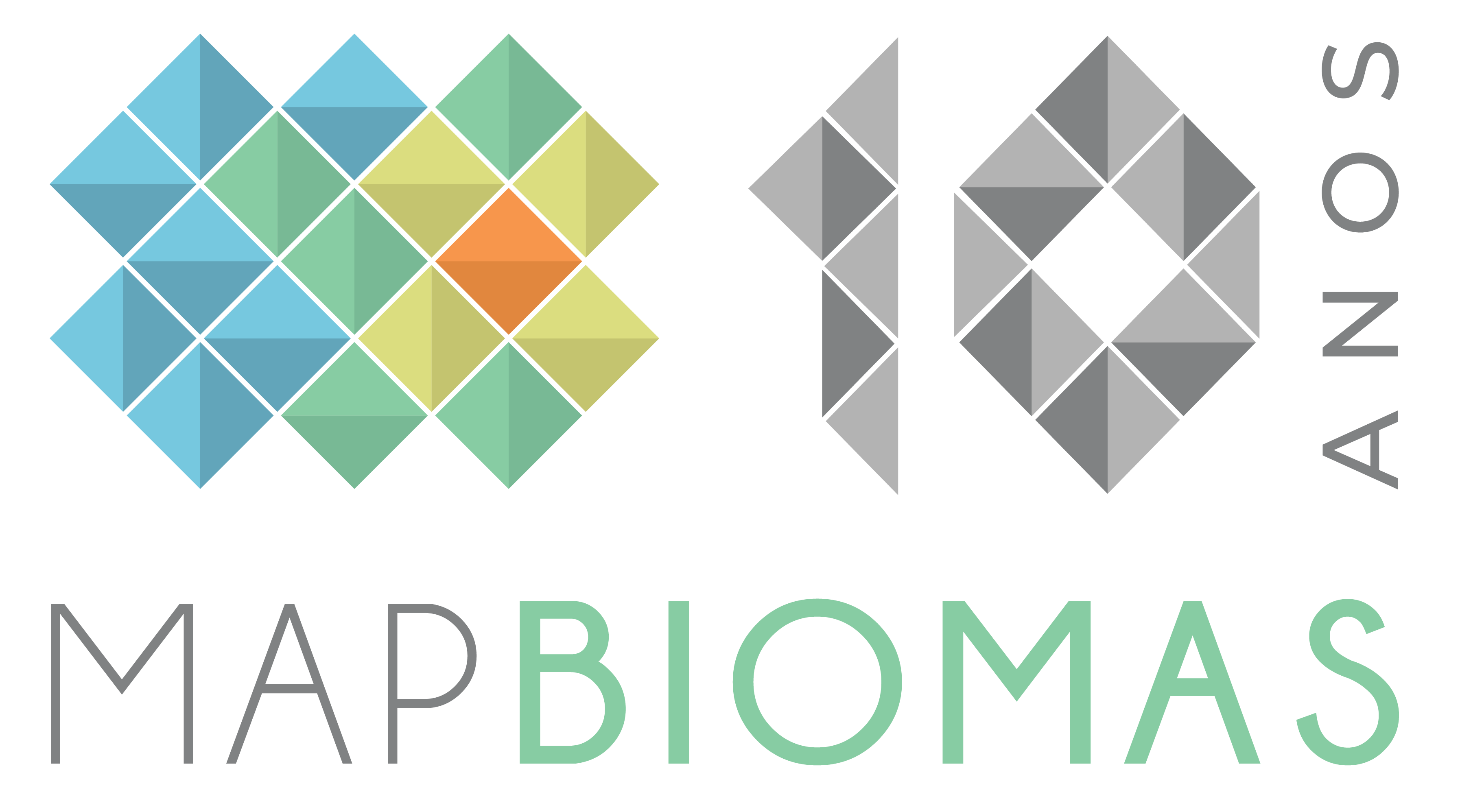Thursday, December 3, 2020.
Most fires affect native vegetation; a civil society initiative launched on Thursday (3/12) maps burn scars throughout the country
In the last 20 years, 1.5 million square kilometers of Brazil, or around 17.5% of its territory, has burned at least once. That's almost the entire Northeast region. When it caught fire, most of the area, 68%, was covered by native vegetation, while 32% was used for farming, including activities such as clearing pasture, swiddens and newly cleared land. On average, an area of 177,000 km2 burns every year, or 2.1% of the country.
The unprecedented data is part of an initiative launched today (3/12), MapBiomas Fogo. For the first time, it consolidates information on the area burned each year in the country, from 2000 to 2019, with location, frequency and the type of cover and associated land use, such as forest, savannah, agriculture or pasture, among others. It is part of the MapBiomas project's 5th annual collection of land cover and land use maps of Brazil, available at http://plataforma.mapbiomas.org.
More than 330,000 square kilometers of the forests that exist in Brazil today have caught fire in the last 20 years and of these, 195,000 square kilometers (59%) have burned twice or more. "Fire in tropical forests is not natural. It is mainly caused by human action fueled by a drier environment, which causes the fire to escape from a pasture or a deforested area, for example, and enter the forest," explains Ane Alencar, Science Director at IPAM (Amazon Environmental Research Institute), coordinator of the group that carried out the work. "The high frequency in some regions reinforces the role of man in this degradation process."
This is the case in the Amazon: 28.7% of the total area burned in 20 years was recorded there, in an environment where fire should be rare - half of the 427,000 km2 affected burned more than once in the same place. Without man, fire in this biome occurs every 500 to 1,000 years.
In terms of area, the Cerrado was the hardest hit biome during the period: 41% of its area was affected by fire at least once, and 76% of what burned there was native vegetation. "The Cerrado, unlike the Amazon, is a biome that has evolved with fire. Even so, transformations in the landscape can have an impact on the incidence of fires," explains Alencar.
When looking at the land aspects, 59% of the area burned over the last 20 years was in private areas, 18% in protected areas and 6% in settlements.
High number of fires in 2019
Last year, more than 203,000 km2 were burned, which represents 2.4% of the territory, 72% of which was in native vegetation and 28% in agricultural areas. The area burned in 2019 was 55% larger than in 2018, when fire scars totaled 130,500 km2.
When we look at growth by biome, the Pantanal showed an unbelievable 996% increase in the area burned in 2019 compared to 2018. In the Amazon, the burned area grew by 65%. In the Cerrado, the area affected by fire grew by 40%.
"Mapping is fundamental to understanding the fire regime in Brazil, which leads to the degradation of native vegetation and has an impact on people's health, climate change, biodiversity and the economy," says MapBiomas coordinator Tasso Azevedo.
"The MapBiomas Fogo platform will provide data on fire scars every year from 2000 to 2019, indicating the land use coverage affected. Data is also available on accumulated areas and the frequency of scars for each of Brazil's biomes, states, municipalities, river basins and protected areas.
MapBiomas is a multi-institutional initiative, involving universities, NGOs and technology companies, focused on monitoring transformations in land cover and land use in Brazil. This platform is today the most complete, up-to-date and detailed spatial database of land use in one country available in the world. Other MapBiomas initiatives are under development in Indonesia, the entire Pan-Amazon region, as well as Argentina, Paraguay, Bolivia and Uruguay. All MapBiomas data, maps, methods and codes are available publicly and free of charge on the initiative's website: mapbiomas.org
Information for the press:
Cristina Amorim: cristina.amorim@ipam.org.br

